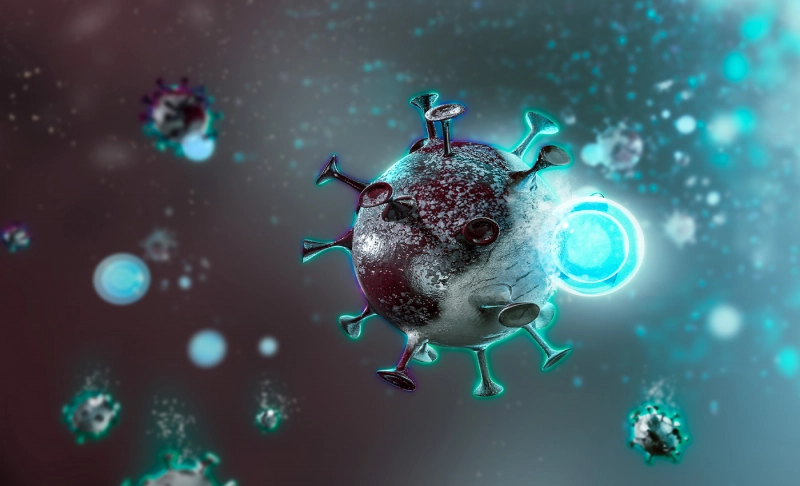By: Ranjini K
September 16 2020

The UVC light has effectively been used for decades to reduce the spread of bacteria. But this radiation cannot kill the viruses in shady places.
The UVC light has effectively been used for decades to reduce the spread of bacteria. But this radiation cannot kill the viruses in shady places.The far Ultra Violet C light or germicidal light effectively kills the airborne influenza virus with a low dose of 1.7 and 1.2 mg/cm2 inactivated 99.9% of aerosolized coronavirus 229E and OC43. UV lights are effectively used to disinfect hospitals and public places to kill the pathogens. It is also used to disinfect and re-use hospital masks. The dose of 40mJ cm-2 of 254 nm light is generally accepted to kill at least 99.99% any pathogenic microorganism as per the International Ultraviolet Association. The Scientific community says that as coronavirus is a new virus, they are yet to have a specific deactivation dosage. However, they know that a similar type of SARS virus family, a dosage of 10-20mJ/cm2 with direct UVC light of a wavelength of 254nm, would give 99.9% disinfectant in a controlled lab condition. However, this light is believed to result in health hazards such as skin cancer and cataracts in humans. So, UVC radiation is usually used inside air ducts to purify the air. This is the most reliable way to employ UVC radiation because direct UVC exposure may cause injuries. But still, there have been records of skin and eye burns occurring from the incorrect fitting of UVC lamps in rooms that people can occupy. UVC radiation can only inactivate germs if the virus is exposed to the radiation. Therefore, the inactivation of viruses on surfaces may not be sufficient due to blocking UV radiation by soil, dust, or other contaminants. Irrespective of the wavelength, germicidal light has another shortcoming as the virus will be hidden and would be in the shade in real life. The bacteria will not be destroyed if a surface is in shadow. Shadows abound in a regular hospital room, with multiple surfaces and objects that jut out at odd angles from the floor, walls, and ceiling. The COVID-19 pandemic has given rise to a lot of potentially dangerous misinformation. For reliable advice on COVID-19 including symptoms, prevention and available treatment, please refer to the World Health Organisation or your national healthcare authority.